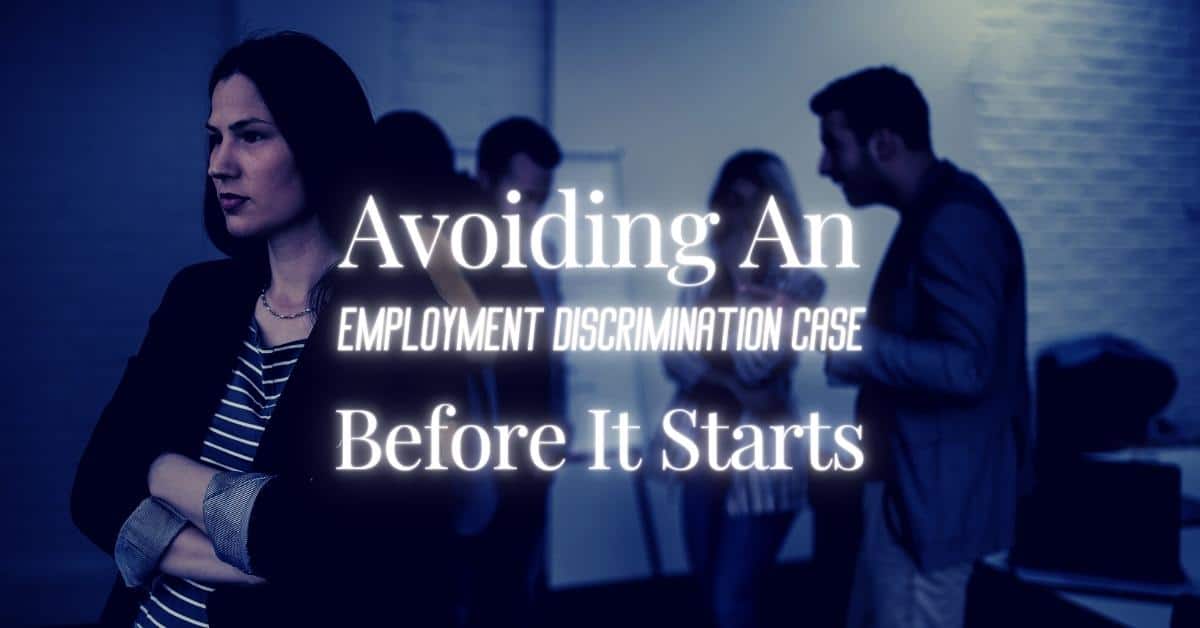
Fighting Workplace Bias: Navigating Employment Discrimination Cases
Workplace discrimination remains a pervasive issue, affecting individuals based on factors such as race, gender, age, disability, and more. Understanding how to navigate employment discrimination cases is crucial for individuals seeking justice in the face of bias.
Recognizing Discrimination: Identifying Unlawful Practices
The first step in addressing employment discrimination is recognizing it. Unlawful practices may manifest in various forms, including unfair hiring or promotion decisions, unequal pay, harassment, or wrongful termination. Identifying these instances is essential for individuals considering pursuing a discrimination case.
Protected Characteristics: Understanding the Grounds
Employment discrimination cases often revolve around protected characteristics. These include race, color, religion, sex, national origin, age, disability, and genetic information. Knowing which characteristics are legally protected is vital for determining if one has grounds for a discrimination case.
Documentation: Building a Strong Case
Documentation is a key component in building a strong discrimination case. Keeping records of discriminatory actions, such as emails, performance reviews, or witness statements, provides tangible evidence to support the claims. Thorough documentation enhances credibility and strengthens the case during legal proceedings.
Internal Complaint Procedures: Navigating Company Protocols
Many companies have internal complaint procedures in place to address workplace discrimination. It’s essential to navigate these protocols before pursuing legal action. This may involve reporting the discrimination to HR, following specified grievance procedures, or participating in internal investigations.
Legal Assistance: Consulting an Employment Discrimination Attorney
Seeking legal assistance is crucial when navigating employment discrimination cases. Employment discrimination attorneys specialize in this area of law and can provide valuable guidance. They assess the case, advise on the best course of action, and represent individuals in negotiations or court proceedings.
Filing a Charge: Initiating Formal Complaints
If internal resolutions fail, individuals can file a charge with the appropriate government agency, such as the Equal Employment Opportunity Commission (EEOC). This initiates a formal complaint process and allows for an official investigation into the alleged discrimination.
Mediation and Settlement: Exploring Alternative Resolutions
Before proceeding to court, parties involved in employment discrimination cases may explore mediation or settlement options. Mediation involves a neutral third party facilitating discussions, while settlement negotiations aim to reach a resolution without a trial. These alternatives can save time and expenses compared to lengthy court battles.
The Legal Process: Navigating Court Proceedings
If a resolution is not achieved through mediation or settlement, the case may proceed to court. Navigating the legal process involves filing a lawsuit, pretrial discovery, presenting evidence, and legal arguments. Having an experienced employment discrimination attorney is crucial during this complex phase.
Appeals and Enforcement: Ensuring Fair Outcomes
In some cases, either party may appeal a court decision. Appeals address legal errors or disputes over the interpretation of the law. Enforcement of court orders is essential to ensure that fair outcomes are implemented and that the discriminating party faces the appropriate consequences.
For individuals facing workplace discrimination, understanding these steps and seeking expert guidance is paramount. Explore Employment Discrimination Cases for specialized assistance tailored to your unique situation. Navigating employment discrimination cases requires resilience, awareness, and expert support to achieve justice and promote fair and equal workplaces.

